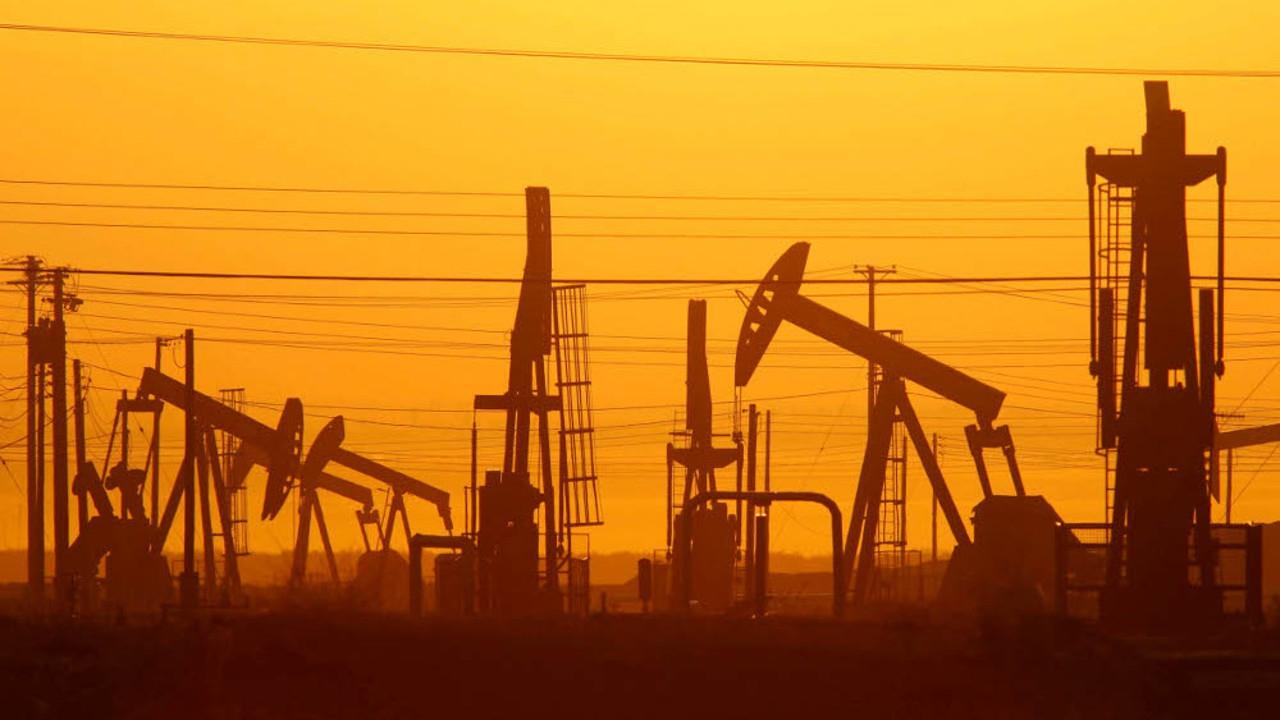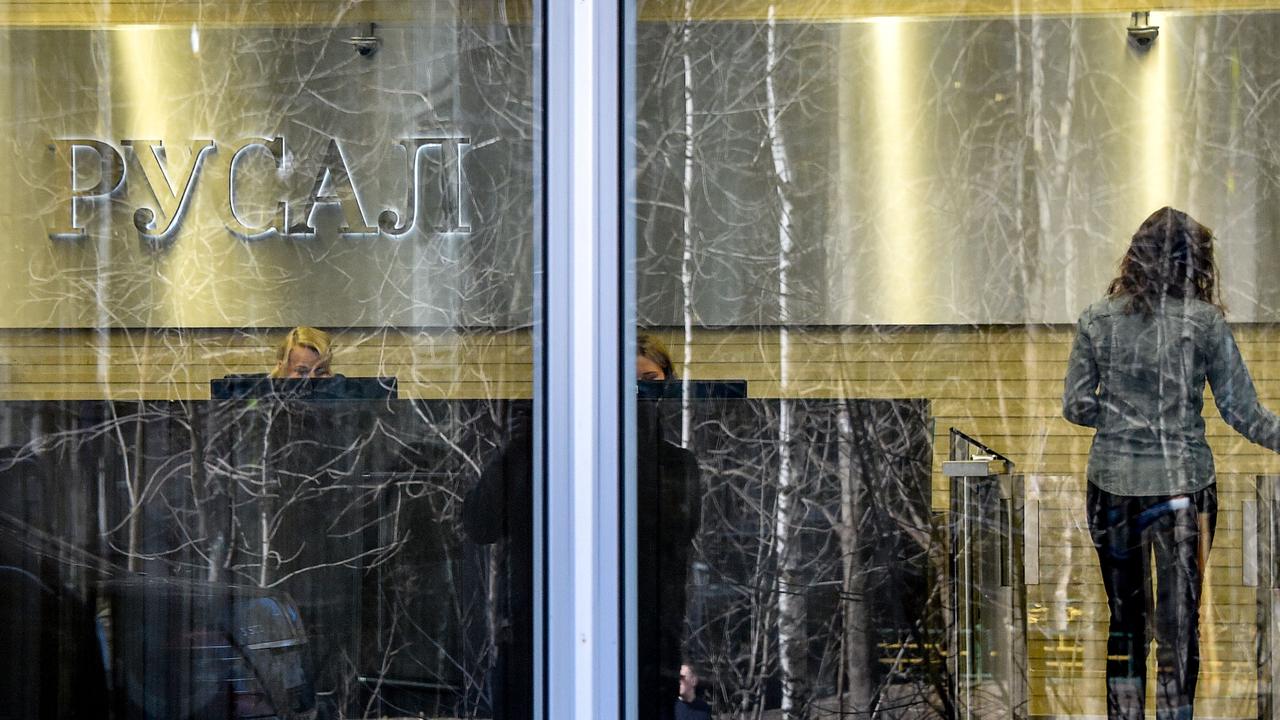The forces driving iron ore’s rollercoaster ride
A complex set of factors have fuelled iron ore’s rapid rise but the fundamentals don’t support the recent price levels.

The most obvious news events that explain the 8.7 per cent slump in the price were the European Commission’s decision on Monday to apply new provisional anti-dumping tariffs on Chinese steel and iron ore products and the attempts by China’s future exchanges to dampen speculation on commodities.
The EU, which recently proposed a new approach to its anti-dumping measures on imports from countries where, among other elements, the state has “a pervasive influence on the economy,” imposed tariffs of between 43.5 per cent and 81.1 per cent on imports of seamless pipes and tubes from China.
The announcement of that action coincided with an increases in margin requirements and fees by China’s futures exchanges after there had been a big spike in iron ore and copper futures trading and prices.
While there may have been an element of a reaction to the election of Donald Trump as US President, with his planned massive increase in infrastructure investment (albeit offset by a protectionist platform), the more likely explanation for both the spike in activity over the last couple of months and the attempt to moderate it by the Chinese authorities is the steady devaluation of the renminbi against the US dollar.
That has seen Chinese investors searching for US-dollar denominated assets, with the financialisation of iron ore and copper over the past decade and the development of China’s commodity commodities future markets making them obvious targets.
There is, therefore, a probable speculative/financial element to the price levels in recent iron ore, and copper pricing.
There is another, more fundamental, strand to the explanation for both iron ore’s surprising rebound (from less than $US40 a tonne at the start of the year to almost $US80 a tonne) and yesterday’s fall.
The unexpected increase in the price flowed from changes to China’s economic policies this year.
To maintain economic growth that was starting to flag earlier this year the authorities decided to inject some stimulus, with an emphasis on infrastructure investment and property development. That was obviously a major positive for iron ore and copper.
At the same time, China has been rationalising the overcapacity in its steel industry and the domestic sectors — iron ore and coal — that support it. Its stated aim is to take out 150 million tonnes of steel production capacity by 2020, reducing it to less than a billion tonnes a year. The target for cuts to coal production is 500 million tonnes by 2020.
As part of the strategy of rationalising the coal sector, the authorities imposed a ceiling on output equivalent to 276 days of production from the previous 330 days.
In driving out excess production, the authorities may, however, have been too successful in the context of the stimulus program they had initiated. Imports of iron ore and coal — and their prices — have risen strongly. More recently there have been signs of a relaxation of the cap on coal and some deceleration of the stimulus.
The longer term fundamentals of the iron ore and coal markets — the supply and demand equation — don’t appear to support the price levels they have achieved this year.
As China’s stimulus is wound back — there are concerns about the amount and quality of the credit that policymakers have poured into the economy — and the boost to demand it provided subsides, the reality of steadily increasing supply over the next few years ought to provide some discipline.
If iron ore and coal prices were to hold around current levels, a lot of margin supply that has been pushed out of the market in recent years — several hundred million tonnes — would inevitably return, along with the extra production in the pipeline from Vale, Rio Tinto, BHP Billiton, Fortescue and Gina Rinehart’s Roy Hill.
If Trump follows through on its election promises, the US will see a boost to demand for steel and therefore for iron ore and coal but Trump has threatened to impose his own set of punitive tariffs on Chinese imports as part of his “America First” protectionist agenda.
It is unlikely, therefore, that China, which dominates global steel production, will be a major beneficiary of the US infrastructure investment program. The US doesn’t import meaningful volumes of iron ore or need to import coal.







The very sharp drop in iron ore prices after their surprising strength throughout this year appears to relate to a swirling mix of influences, some relating to events within China and others to do with China’s relationships with the rest of the world.